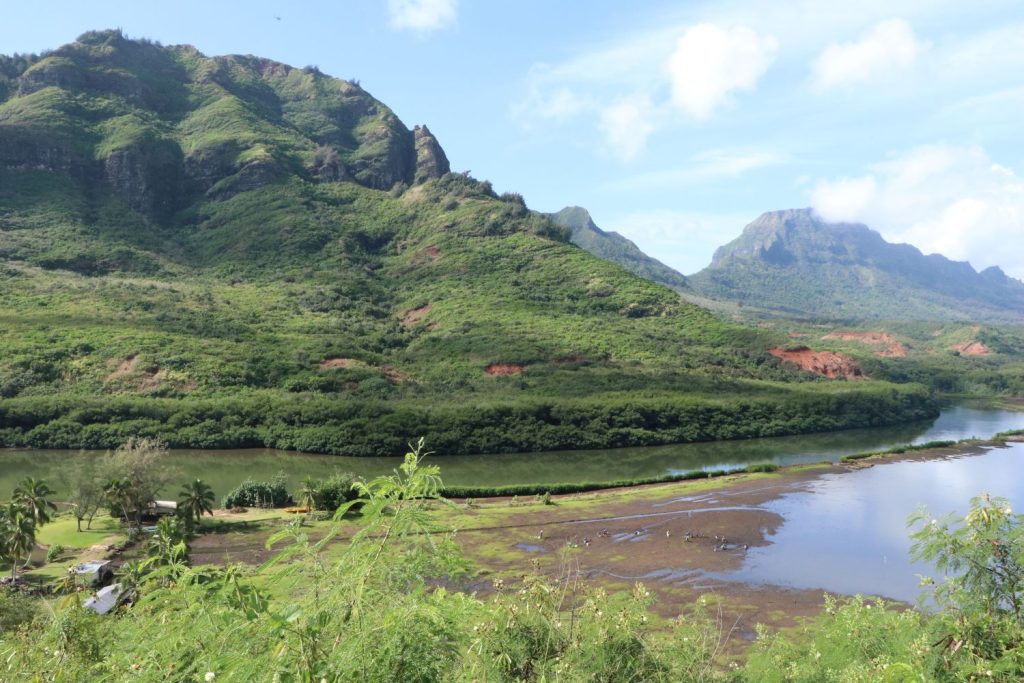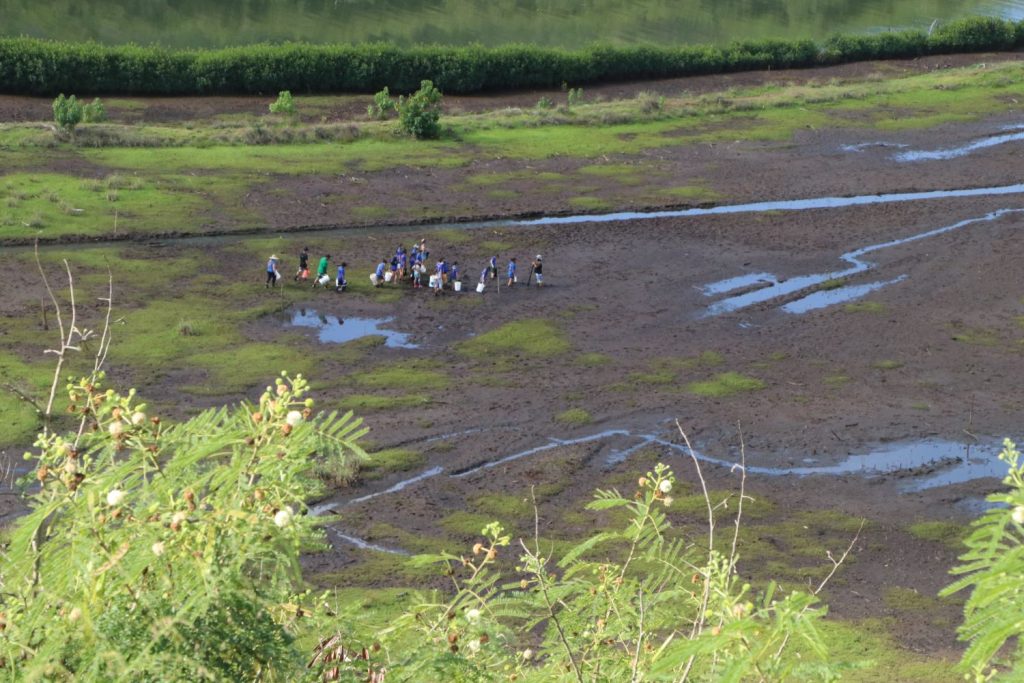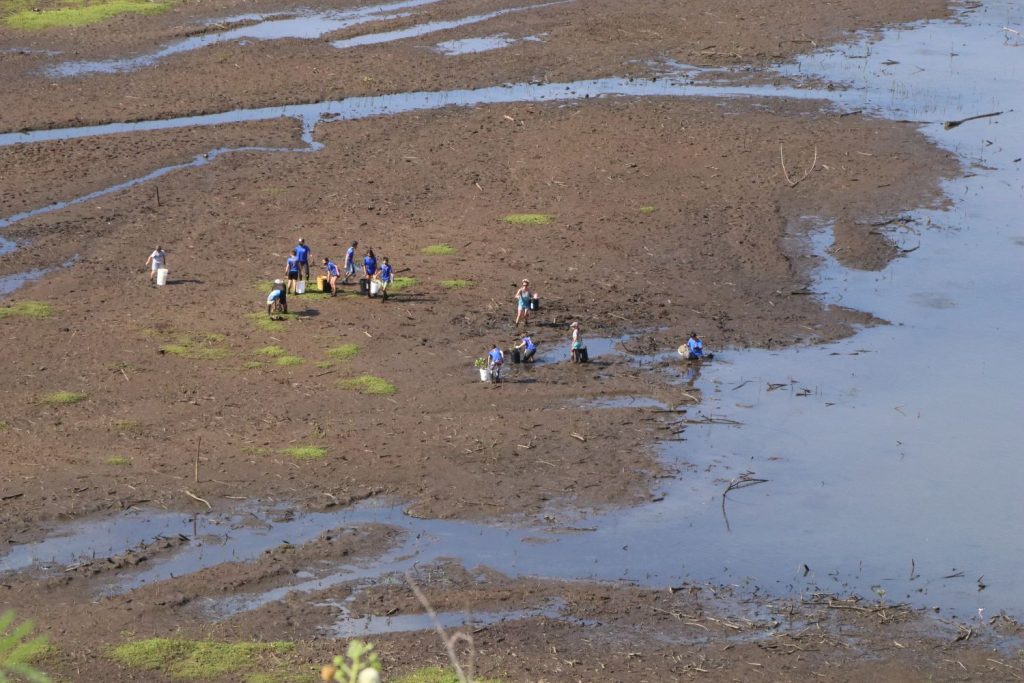Streamlined Application Process Helps With Effort to Restore Alakoko Fishpond
A streamlined application process for loko i‘a repair and restoration that was put in place seven years ago by the state Department of Land and Natural Resources Office of Conservation and Coastal Lands is seeing success.
Since its launch in 2015 as part of the Hoʻāla Loko Iʻa program, the number of fishpond restoration projects has increased significantly — 20 new fishpond restoration permits have been issued, including for the Alakoko Fishpond on Kauaʻi.

Also known as the Menehune Fishpond, the Alakoko Fishpond is a loko iʻa on the Hulēʻia River, approximately 3,280 feet upstream from Nāwiliwili Small Boat Harbor. The 40-acre fishpond is the largest on Kaua‘i and is situated on private land owned and managed by the nonprofit Mālama Hulē’ia, which was formed by a group of paddlers who recognized mangrove was overgrowing and taking over the river and fishpond. The paddlers formed Mālama Hulē’ia and developed a community-based project to do mangrove restoration.
“Alakoko had really been let go and overgrown for the last several decades and mangrove was over growing,” Sarah Bowen, executive director of Mālama Hulē’ia, said in a press release. “We were able to work with the (Office of Conservation and Coastal Lands) to get a permit. It was just in the early stages of the new permit process, developed to help fishpond practitioners navigate the bureaucratic hoops of a host of different state regulatory agencies.”
So far, Mālama Hulē’ia has removed 26 acres of mangroves at the fishpond.
“We were able to get onto the nearly half-mile-long rock wall, but we had to cut our way through because the mangrove was so thick,” Bowen said in the press release. “You couldn’t tell how far away you were from the river or how far away you were away from the fishpond, it was so overgrown. It’s very different now.”
Office of Conservation and Coastal Lands Administrator Michael Cain said in the press release that the office began issuing the new permits because practitioners were caught up in an endless cycle. There were 17 different federal, state and county regulations they needed to comply with, and it was a nearly impossible system to navigate. That resulted in very few sought-after or approved permits throughout several decades.


“Hoʻāla Loko Iʻa gives practitioners the capability of submitting one permit and having each agency review that one permit — it is really a blessing for organizations like ours,” Bowen said in the press release.
The current permit system encompasses almost all required state permits.
“The program was strengthened significantly when I signed Act 230, which waived Department of Heath water quality certifications for loko that are permitted under the program,” Gov. David Ige said in the press release. “With these and other programs, we are better managing our water resources and the nearshore ocean waters that provide habitat for spectacular marine life and are a vital cultural link to the past for Native Hawaiians.”
Fishponds also support local food production and provide important ecosystem services, such as flood mitigation and sediment retention.
In consort with the streamlined application process, Office of Conservation and Coastal Lands created a permit application guidebook, which is available online. (https://dlnr.hawaii.gov/occl/files/2016/08/Loko-Ia-Book-FINAL-epub-single-080816.pdf)



